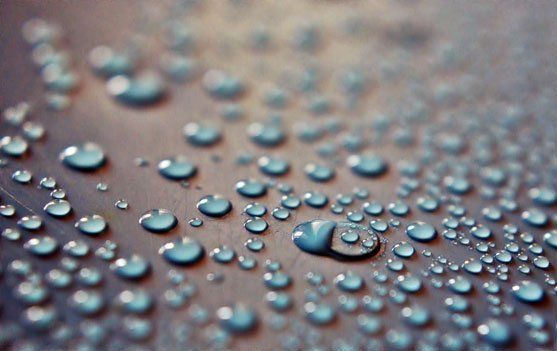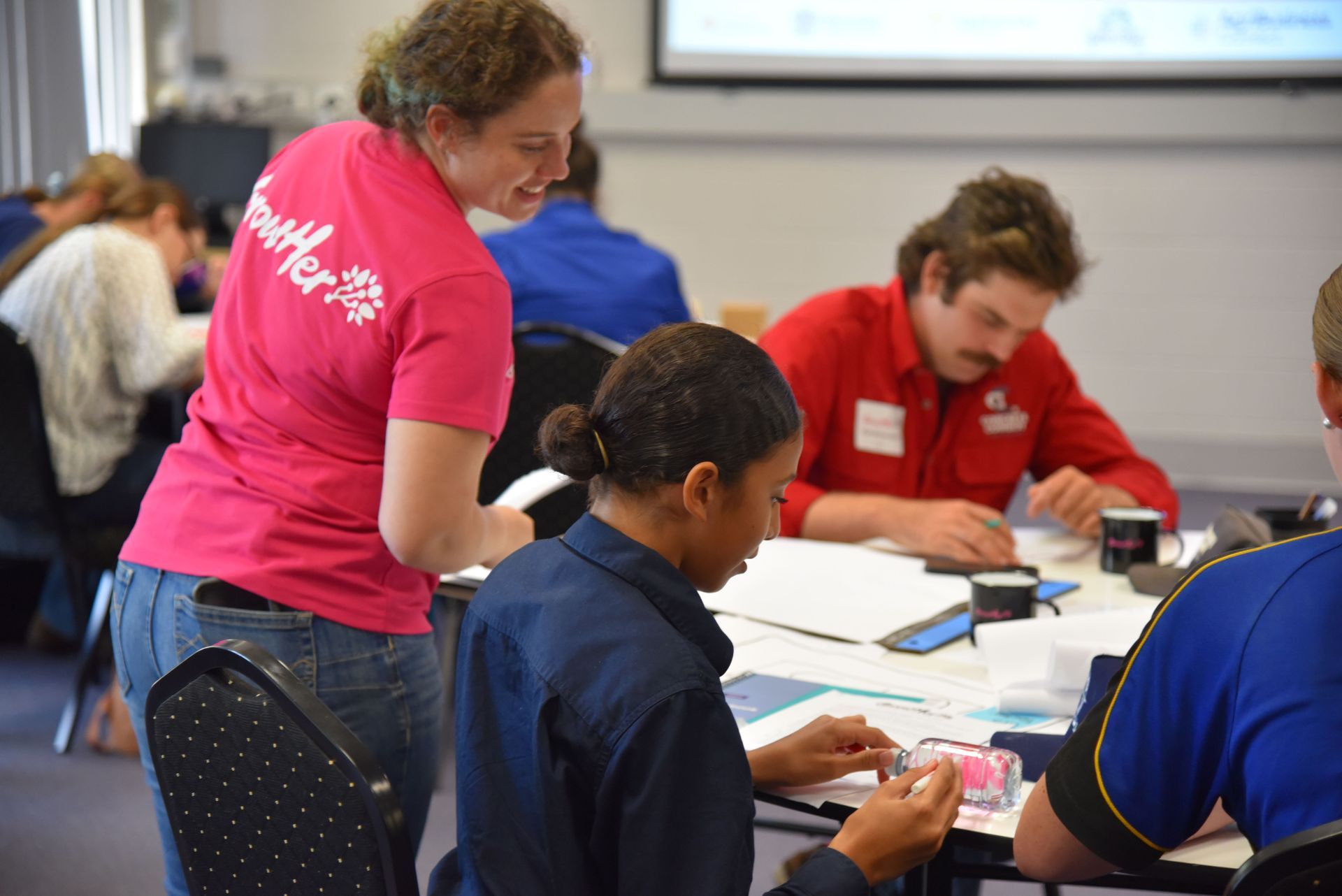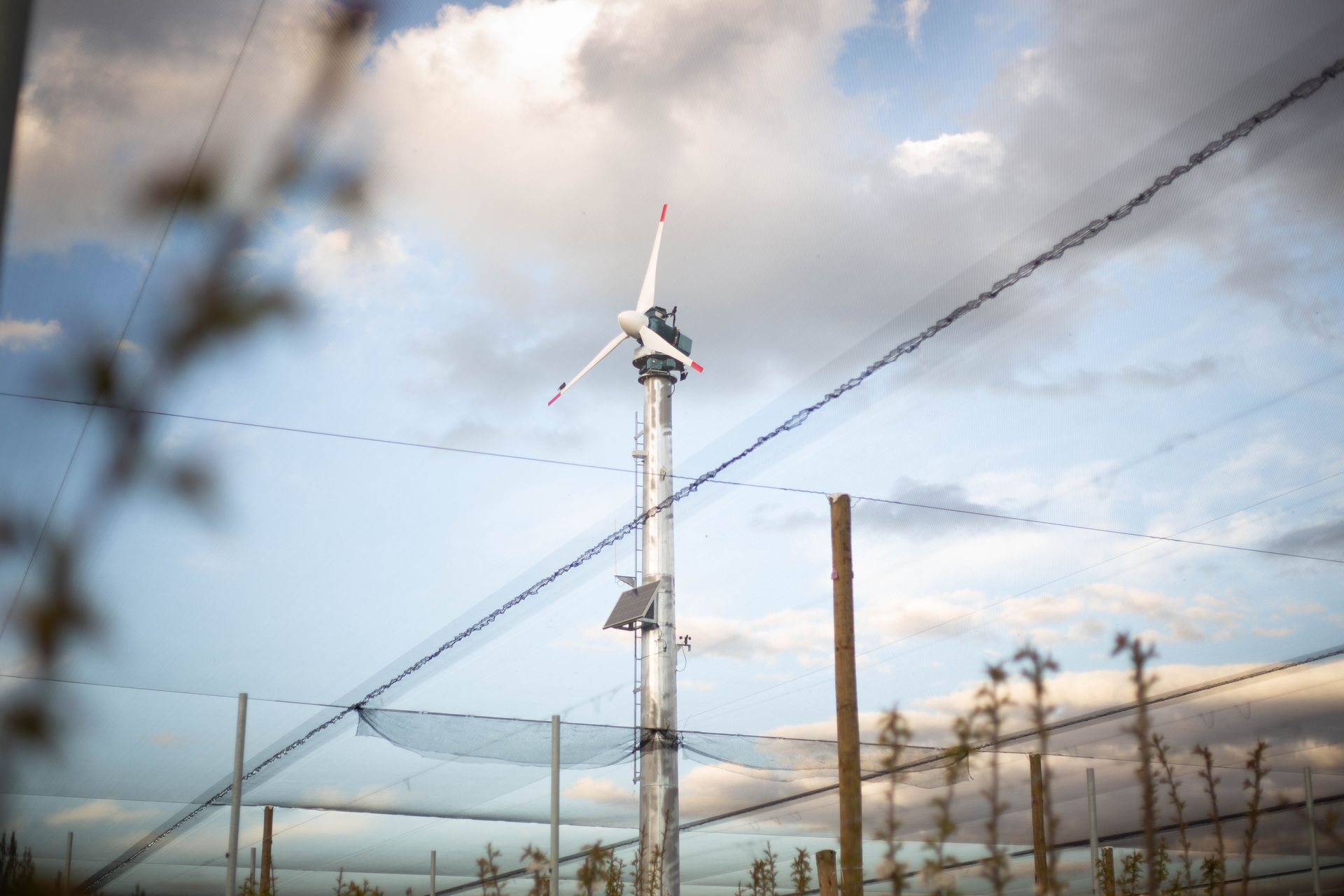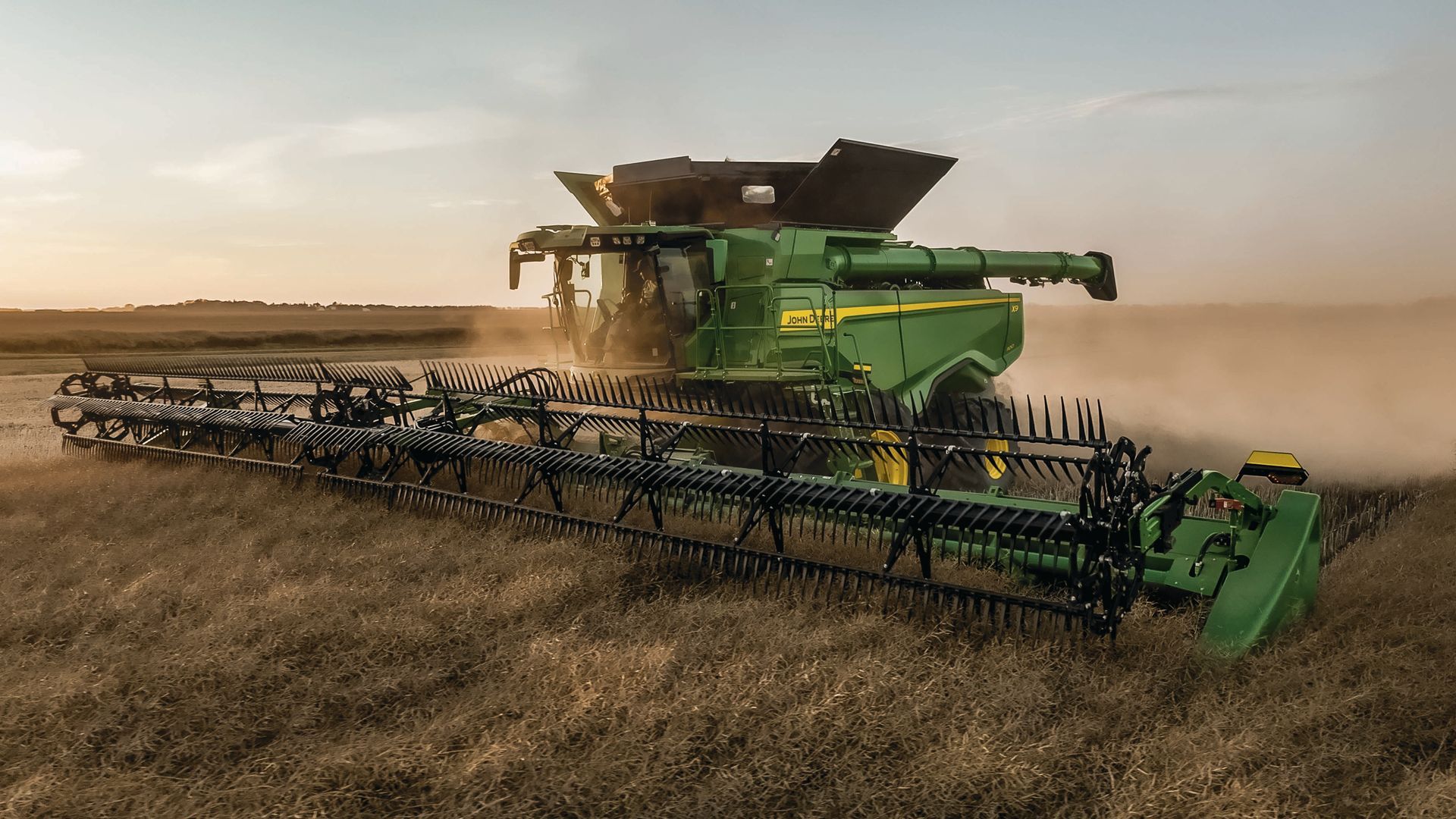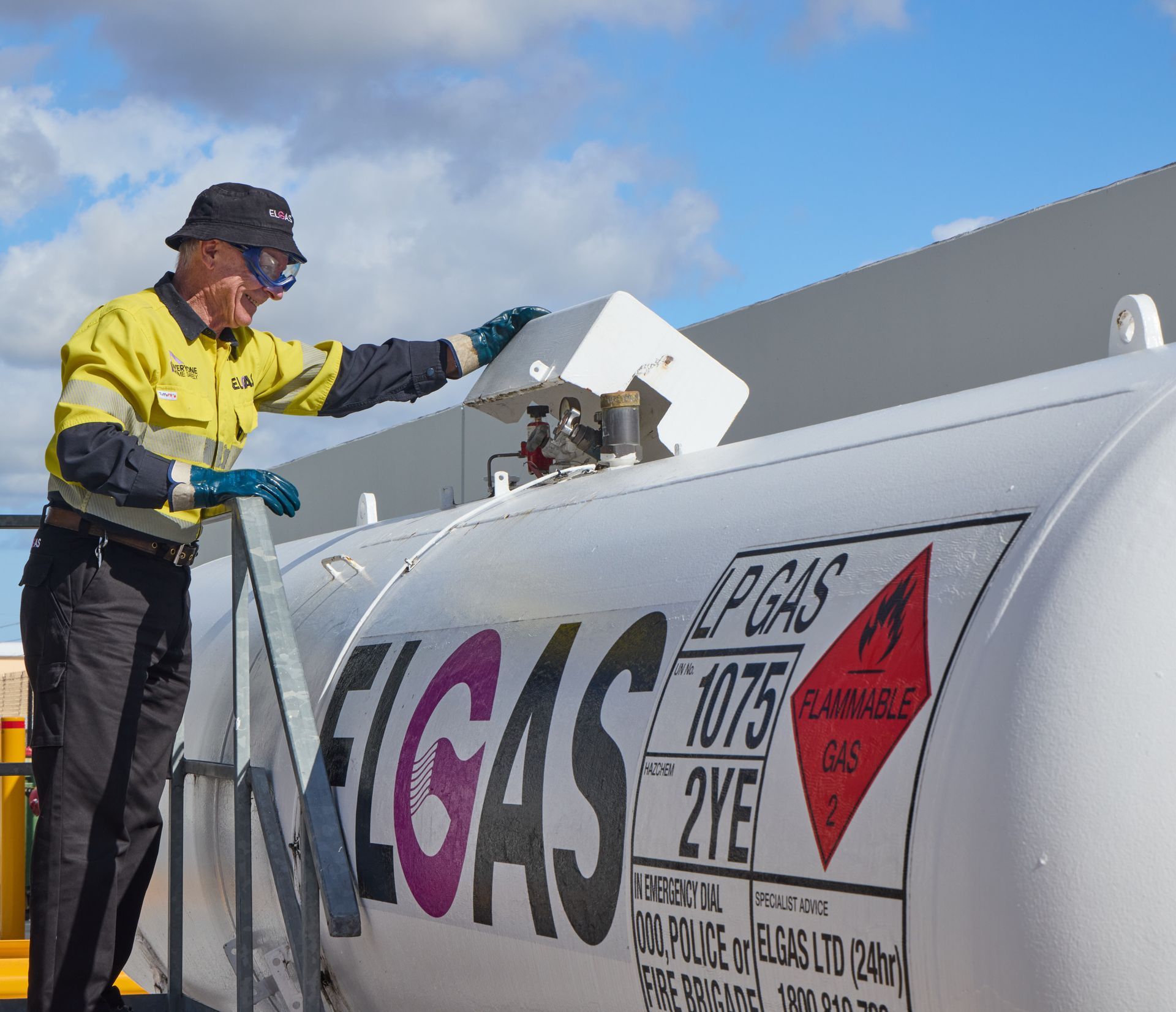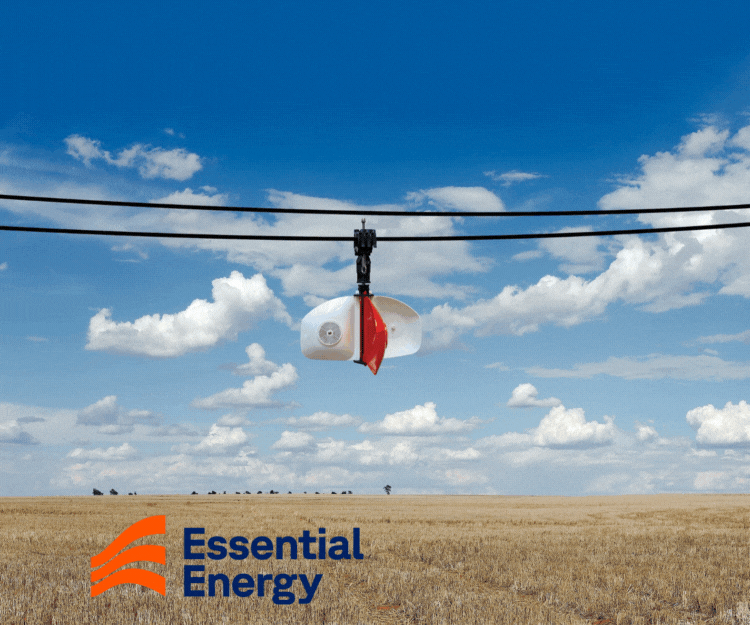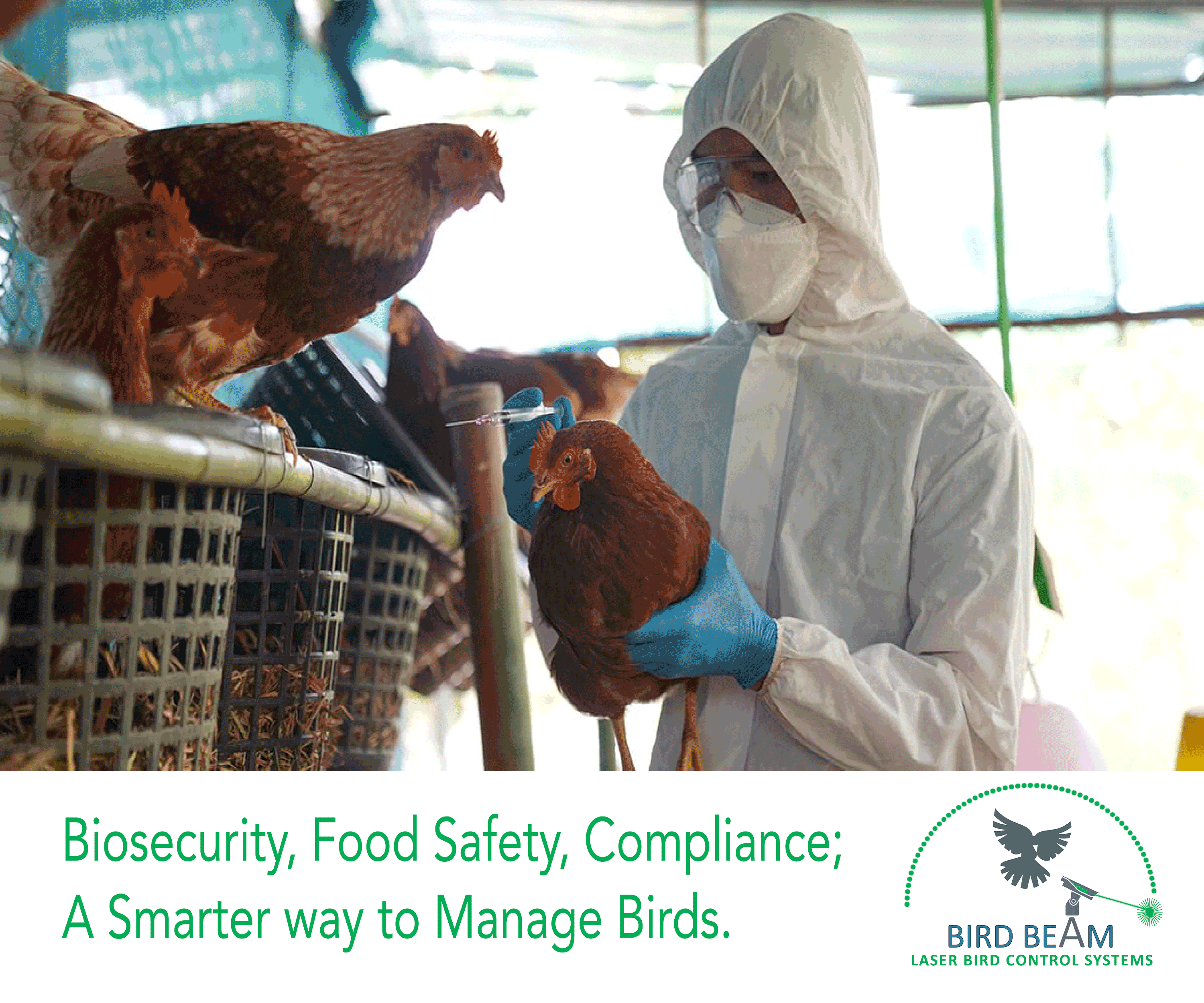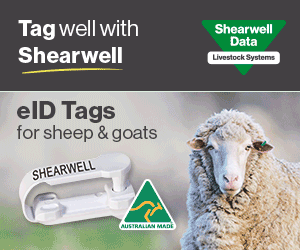1MG FlippingBooks
Rural importance of rainwater harvesting
Rainwater harvesting is the lifeblood of rural Australian homes and most rural people have no choice but to use rainwater or other independent water sources. It is the third largest source of water in Australia, after surface water (dams) and groundwater. The ABS estimates 63 per cent of residential water outside urban areas comes from rainwater harvesting, supplying 109 billion litres of water in our dry country.
Rainwater harvesting is the first and most efficient element of water supply management for rural and regional Australia. Because rainwater falls on roofs of houses, sheds and other farm buildings, it is collected and stored where it is needed. Rainwater is usually higher quality than most other sources of water such as dams, bores and local waterways. As a result, rainwater can meet significant local water demand for domestic use and a range of other applications including stock, spraying and fire water storage.
In rural areas water security is important and the area of roof catchment available, along with adequate tank storage (often using multiple large tanks), can ensure there is water available when needed. According to rural tank suppliers, some customers with large machinery sheds use multiple tanks with 260,000 or even as high as 300,000 litres of rain water storage.
How does rainwater harvesting work?
Farmers have used rainwater harvesting for many generations and understand it well. It is cost effective, as large storage systems cost well under 10 cents a litre, and 260,000 litres of storage can be installed for less than $20,000. The harvesting system includes the interacting elements of rain, roof and collection, tank, pump and rainwater uses , and has some interesting features:
·Rainheads or leaf diverters have proven to be highly effective at maintaining water quality throughout the system, reducing organic material in charged pipes, reducing sludge and assisting pumps to operate correctly.
·Using efficient water use appliances (such as front loading clothes washers, low flow showers and low flush toilets) within the house will reduce the capital and operating costs of the system.
·Correctly installed rainwater harvesting systems develop a natural treatment train that addresses many of the potential contamination issues that may be associated with a roof catchment. As such, the risk of becoming ill from rainwater harvested water is low. Two million Australians rely entirely on rainwater and there is no evidence of widespread negative health impacts.
·In very dry conditions a normal soil catchment will soak up water rather than allow it to runoff. In contrast, a roof is an impervious surface and will generate runoff from even small rain events in a drought, right when you most need it.
How do farmers use water?
The Independent Water Council has been consulting Australians about how they use independent water. Independent water is water provided to households that are independent of government and utility services. This includes rainwater tanks, recycled water, water from waterways, bottled water and bore water for homes in both urban and rural areas.
The interesting thing about farmers is that, for many of them, rainwater is just one element of a broader approach to water management. As an example, Sandy Stump of Burren Junction uses bore water, rainwater and creek water as water supplies for different uses. His house uses a combination of bore water and rainwater, his cattle drink bore water, the garden is supplied from a dam storage off the creek and Sandy uses rainwater for chemical spraying and domestic top ups. Sandy uses more than 4 million litres of water annually and has 700,000 litres of rainwater tank storages.
What is the future of rainwater harvesting?
Consultation by the Independent Water Council with rainwater harvesting suppliers is reporting considerable growth in the urban fringe. This semi-rural development is generally within half an hour’s drive of towns in regional areas in Australia. Generally, this is because housing approved without mains water supply will be required by the local council to have rainwater harvesting along with septic tanks or water treatment systems for water supply and waste water management. This is more cost effective than trying to provide mains water and sewerage services in semi-rural areas.
Some research shows that this approach is so much more cost effective that it should be investigated to reduce the demand for water in urban areas as well. The system-wide savings from a rainwater harvesting system on every house would save South East Queensland 160 billion litres of mains water by 2050. This is an important argument for rural areas as some urban areas are seeking to buy rural river water to meet future demand. There is no doubt rainwater harvesting will be a major water policy issue in Australia in the 21st century.
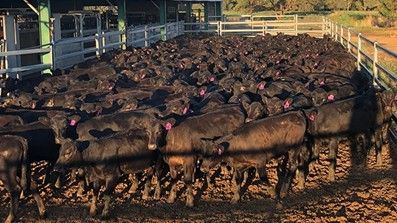
A selection of The Australian Farmer Sponsors - Click on a banner below to find out more...

